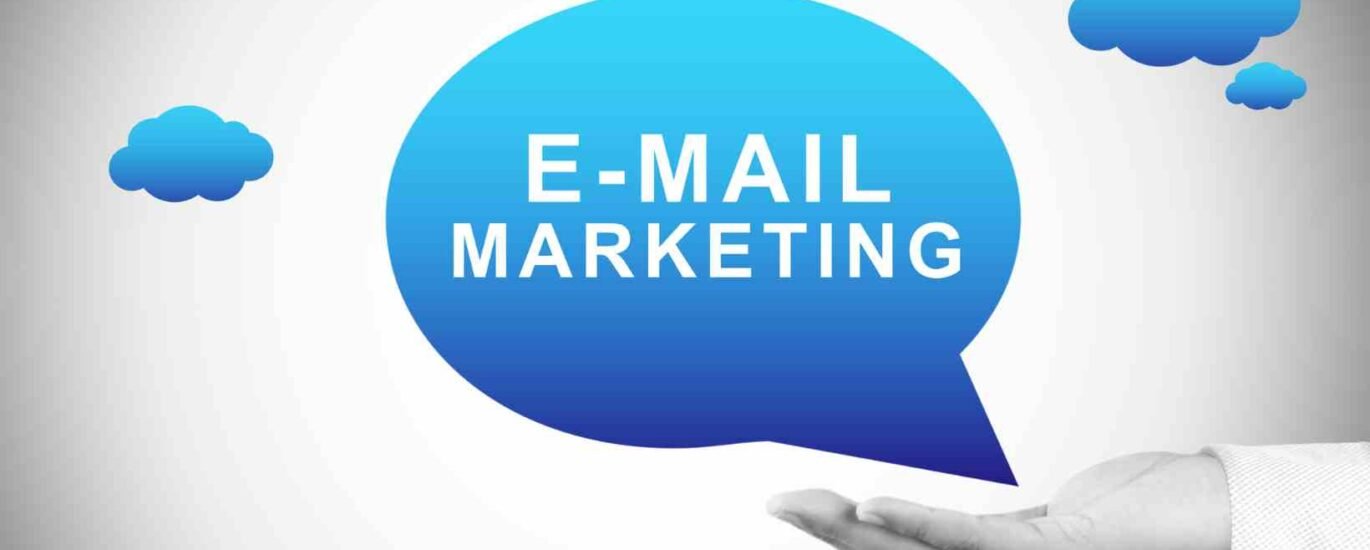Looking for email marketing tips for startups? Discover how to build lists, craft high-converting campaigns, and automate email funnels that grow your startup fast.
Introduction
In the age of social media and short-form video, email may seem outdated—but it’s far from dead. In fact, email remains one of the highest ROI channels for startups, delivering an average return of $36 for every $1 spent.
What makes email so powerful? It’s owned, scalable, personal, and conversion-friendly. For early-stage businesses, mastering email can drive sales, build loyalty, and automate customer journeys—all without relying on paid ads.
This beginner-friendly guide offers actionable email marketing tips for startups, with everything you need to go from zero to conversions—even if you’re short on time or tech.
Ready to take your startup’s digital growth to the next level? Get support with digital marketing for startups for tailored email, content, and growth automation strategies.
Why Email Marketing Is Essential for Startups
Here’s why email marketing should be at the core of your growth strategy:
- Direct Access: You’re not dependent on social algorithms.
- High Engagement: Emails reach users in their inbox—where decisions happen.
- Easy Automation: Email funnels work for you 24/7.
- High ROI: It outperforms most marketing channels in cost-efficiency.
From onboarding to upselling, email can scale every part of your customer journey.
Step 1: Start With List Building (the Right Way)
Your email list is your startup’s most valuable asset.
- Add opt-in forms to your homepage, blog, or product page.
- Use lead magnets like free templates, ebooks, or discount codes.
- Run social campaigns directing users to a landing page with an email form.
- Always get permission—avoid buying lists.
Tip: Use tools like ConvertKit, MailerLite, or Brevo (formerly Sendinblue) to build and manage your list from day one.
Step 2: Create a High-Converting Welcome Sequence
Your welcome email has the highest open rate you’ll ever get—don’t waste it.
A strong welcome sequence includes:
- Welcome + what to expect
- Your brand story / founder mission
- Top content or product benefits
- Social proof or testimonials
- A clear CTA (book a demo, shop now, download app)
Use automation to send this sequence to every new subscriber.
Step 3: Focus on Value-First Email Content
People subscribe for value—not sales pitches. Follow the 80/20 rule:
- 80% education, inspiration, or entertainment
- 20% promotion or offers
Types of engaging emails:
- Tips or “how-to” guides
- Customer success stories
- Product updates with use cases
- Curated tools/resources
- Special access or discounts
Your goal is to build trust before asking for the sale.
Step 4: Craft Subject Lines That Drive Opens
Your subject line determines whether your email gets read—or deleted.
Tips for high-performing subject lines:
- Keep it under 50 characters
- Use questions, numbers, or curiosity
- Personalize with the subscriber’s name
- Test emojis (sparingly)
- Avoid spammy words like “FREE” or “ACT NOW”
Example: “🚀 3 Email Hacks That Boost Startup Conversions Fast”
Step 5: Design for Mobile and Readability
70%+ of emails are opened on mobile—so keep it simple.
- Use single-column layouts
- Stick to short paragraphs and bullet points
- Include large CTA buttons
- Avoid heavy images or slow-loading GIFs
Test your emails on both desktop and mobile before hitting send.
Step 6: Segment and Personalize for Better Results
Sending the same email to everyone? You’re missing opportunities.
Segment based on:
- Lead source (e.g. webinar vs. blog)
- User behavior (opened/clicked/bought)
- Interests or use case (e.g. marketers vs. developers)
Then personalize content or offers based on these segments. It boosts both open and conversion rates.
Step 7: Track the Right Metrics
Data helps you refine your strategy. Focus on:
- Open rate: Are your subject lines working?
- Click-through rate (CTR): Is your content driving action?
- Unsubscribe rate: Is your content relevant?
- Conversion rate: Are emails turning into leads or sales?
Run A/B tests on subject lines, send times, and CTA buttons to improve results.
Bonus: Automate These Email Funnels
- Welcome Sequence – First impressions count.
- Abandoned Cart Recovery – A gentle nudge to close the sale.
- Onboarding Series – Guide new users step by step.
- Re-Engagement Campaign – Win back inactive subscribers.
- Post-Purchase Follow-Up – Upsell, collect feedback, or request referrals.
Each funnel adds value while freeing up your time.
FAQs: Email Marketing Tips for Startups
What’s the best email platform for startups?
MailerLite and Brevo are great for beginners. ConvertKit is perfect for content-led brands.
How often should a startup send emails?
Start with 1–2 emails per week. Prioritize quality and consistency over frequency.
What makes a good email campaign?
Clear value, engaging design, personalized content, and a strong CTA.
Can email marketing work for B2B startups?
Absolutely. In fact, it’s one of the most effective channels for nurturing long B2B sales cycles.
Final Thoughts: Email Isn’t Dead—It’s a Superpower
Startup founders often chase the newest channel—but email remains the most predictable, personal, and scalable tool in your marketing stack.
By applying these email marketing tips for startups, you can build trust, automate growth, and drive conversions—without spending a fortune.
Need help crafting winning emails, automation funnels, or lead magnets? Explore digital marketing for startups and let experts build your email strategy for predictable, scalable growth.






